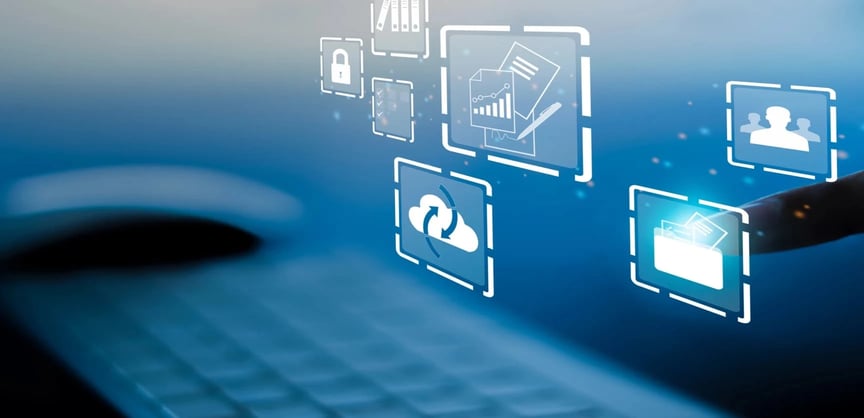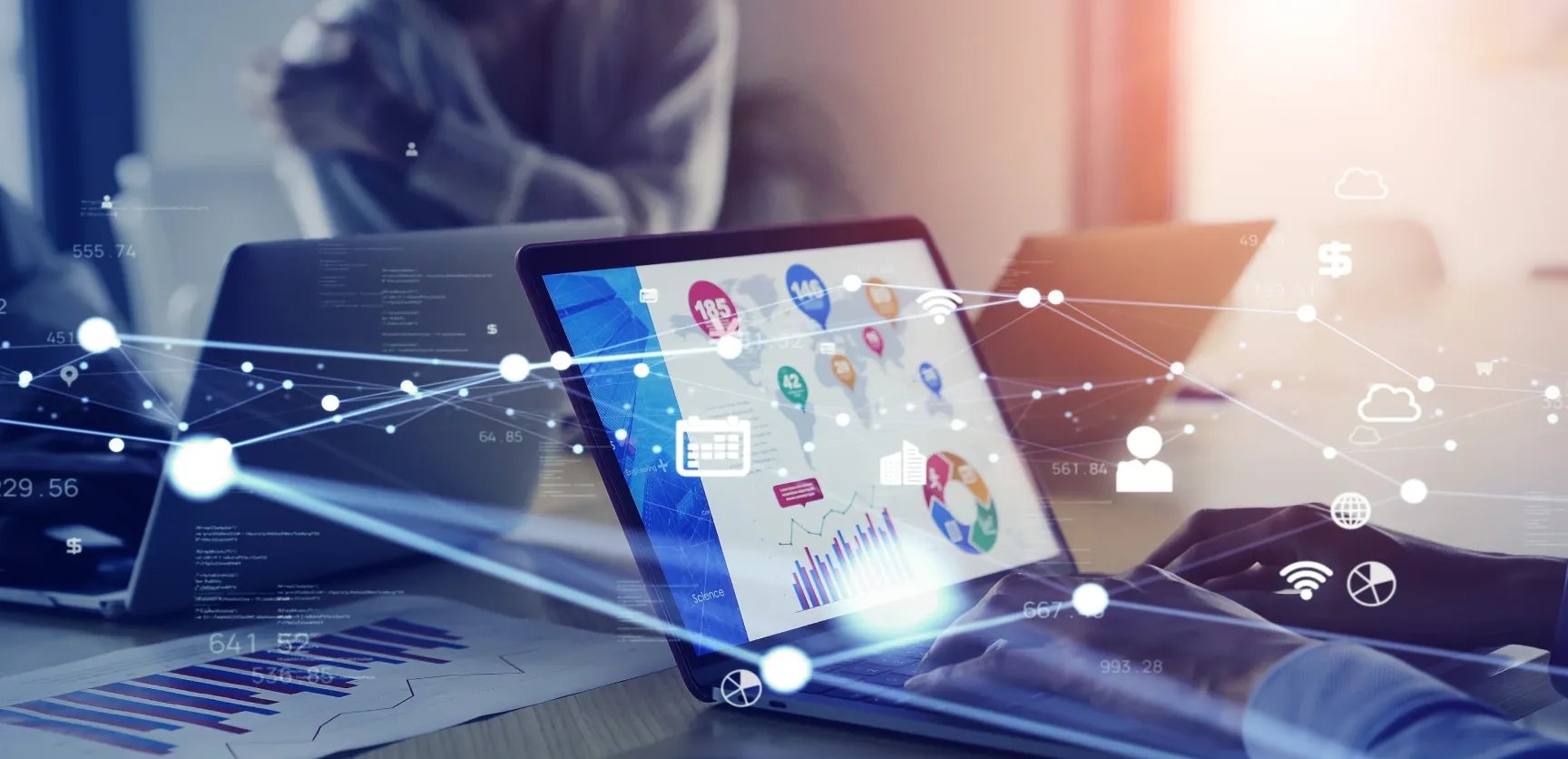
Remote work has become the standard for teams worldwide, and its growing popularity among organizations is no surprise. In today's workforce, employees are no longer confined to a single physical location. Remote work helps companies reduce travel and office-related expenses and offers employees a flexible and convenient on-the-go work lifestyle. Over the past decade, businesses have actively expanded their remote work capabilities.
However, remote access introduces new security risks and vulnerabilities to your infrastructure, necessitating advanced security measures. While a VPN is a robust security solution, it alone cannot address all security concerns. Remote access security is a comprehensive process that requires a combination of security strategies and cutting-edge technologies.
Let's explore the intricacies of secure remote access and the best security practices to establish a secure remote work environment.
What Is Secure Remote Access?
Secure remote access is frequently employed by staff members to remotely log in and operate a work device from virtually anywhere. It finds common applications in various sectors, including healthcare and IT, where professionals use it to provide technical support to users without requiring physical access to their devices. Maintaining vigilant oversight over the end-user devices that gain access to your corporate infrastructure is crucial to prevent the compromise of sensitive data.
Effective, secure remote access solutions can enhance the quality of services delivered to patients. They often increase employee productivity by simplifying service delivery, facilitating collaboration, and streamlining troubleshooting processes.
Why is it Important to secure remote access?
The nature and magnitude of cybersecurity threats undergo a notable transformation when employees operate in remote environments. Novel risks emerge, such as the reliance on personal computers, routers, and other devices susceptible to malware infiltration, yet challenging for corporate IT teams to oversee and fortify.
Another distinct threat arises from employees' need to access or transmit data over public internet connections while connecting to systems or storage resources within their organization's premises. If this data lacks proper security measures, external entities could intercept the connections and steal sensitive information—an endeavor far more challenging within secure corporate networks.
Remote work mandates the adoption of a broader array of tools, amplifying the potential attack surface that malicious actors can exploit. In addition to standard office applications, remote workers commonly deploy tools like RDP and VPN clients, creating fresh avenues for potential security vulnerabilities.
Threats previously confined to traditional office settings can manifest in novel ways or on a larger scale in work-from-home scenarios. For instance, phishing attacks are not exclusive to remote employees, but they may be executed more seamlessly when individuals are outside the office, potentially less vigilant about security threats and relying on personal devices to access corporate resources.
Similarly, malware attacks pose an elevated risk when employees operate from personal devices, which are less likely to receive timely software patches against the latest security threats compared to company-owned devices managed and updated by professional IT teams.
While remote work offers undeniable benefits and may be imperative for an organization's operations, it is evident that it comes with inherent security risks. Nevertheless, companies can effectively manage these risks by adhering to best practices for maintaining their systems and data security, even in remote work scenarios.
Best Practices for Ensuring Secure Remote Access
The widespread availability of cloud technologies and high-speed broadband internet access has opened up remote work as a viable option for many organizations. Flexibility and enhanced productivity make remote work attractive for companies and their employees. However, from the perspective of IT professionals, remote work comes with its challenges, with security being the foremost concern.
While remote work promises numerous benefits, its success relies heavily on the IT team's ability to ensure uninterrupted access to services, applications, and resources. Meanwhile, cybercriminals are actively seeking new attack vectors and surfaces, increasing the importance of security. Regardless of the sophistication of your remote work systems, maintaining a strong focus on security is paramount.
As the transition to remote work becomes increasingly prevalent, organizations face a shifting landscape of cybersecurity threats. While remote work offers undeniable advantages to companies, it introduces unique security challenges that differ from those encountered in traditional office setups.
Here are some recommended best practices to maximize the security of remote access:
Adopt a Threat-Aware Mindset:
The foundation of secure remote access is acknowledging the presence of potential threats. This fundamental shift in perspective is crucial, especially for organizations that have traditionally focused on securing their on-premises infrastructure. It is vital to recognize that vulnerabilities likely exist within remote access infrastructure, even if they are not immediately visible.
Prioritize Data Encryption:
Data encryption is consistently considered a top security best practice. However, its importance is magnified when employees engage in remote work, given the potential for devices to be lost outside the corporate environment or for sensitive data to be intercepted during internet transmission. To address this concern, ensure that all data exchanged between company-owned systems and remote work locations are encrypted during network transmission.
A straightforward approach is to mandate that employees connect to remote systems via business VPNs, which inherently provide encryption. Additionally, ensure that remote-access tools like RDP clients are kept up-to-date, as outdated clients may lack default data encryption.

Establish a Telework Policy:
Implementing clear guidelines for remote work is another foundational step in addressing remote access threats. Organizations should formulate telework policies that outline key aspects, including:
- Whether employees are permitted to use personal devices for remote work.
- What data employees can transfer to personal devices, differentiating between data that should remain within the office.
- Guidelines regarding the installation of non-work-related software on devices used for remote access.
- Procedures for reporting suspected security incidents when employees work remotely and cannot engage with the IT team in person.
Such guidance significantly contributes to mitigating the security risks associated with remote access systems.
Implement User Authentication:
Strict access control, including multifactor authentication, should be enforced when employees access company resources remotely. While granting broad access to resources like file servers to simplify remote access may be tempting, doing so poses significant security risks. Instead, it is best practice to follow the principle of least privilege, whereby access is denied by default and granted only to specific accounts that require it. Although this approach may necessitate additional configuration, the enhanced security benefits make it worthwhile.
Designate and Secure Remote Work Devices:
Ideally, employees should refrain from using personal devices for remote work, and organizational policy should reinforce this stance. Instead, companies should supply employees with dedicated devices for remote work centrally managed by the corporate IT team. This approach ensures that these devices are kept up-to-date without unnecessary software or data that could pose security risks.
Deploy a VPN for Business:
Virtual Private Networks (VPNs) offer several key advantages, including enabling remote access to resources that would otherwise be inaccessible from offsite locations, encrypting connections, and providing access control for corporate networks. Deploying a VPN for teams and mandating all remote connections traverse is a fundamental best practice for enhancing resource security during remote work.
Moreover, VPNs may possess vulnerabilities that attackers can exploit. Therefore, consider VPNs a foundational layer of defense for remote-access security rather than a standalone solution.
Collaborate Effectively with Third Parties:
Remote-access scenarios necessitate robust collaboration with third-party partners and vendors, particularly those responsible for remote desktop instances and file servers accessed over the network. These entities are crucial in maintaining system and data security when employees work outside the office. Select partners and vendors that prioritize remote security, prepared to respond rapidly to emerging threats. Moreover, consider solutions that automate security processes to manage security risks effectively amidst challenges like alert fatigue, overreliance on manual processes, and skills shortages.
Manage Sensitive Data Securely:
Properly handling sensitive data is imperative, especially during remote work scenarios. Even if compliance regulations do not dictate data handling, organizations should establish policies governing data copying onto remote devices. This precaution prevents potential exposure of sensitive information and safeguards against scenarios where data could be copied to a device that is subsequently lost, like a thumb drive.
Wrapping Up
With the increasing shift towards remote work, the cybersecurity landscape for organizations is evolving. While remote work offers numerous benefits, it introduces unique security challenges not typically encountered in traditional office settings.
In the blog above, we have outlined several best practices to establish a more secure remote work environment while preserving flexibility and mobility. However, ensuring that your security measures remain aligned with the evolving threat landscape and your internal workflows is imperative.
Is your remote work infrastructure adequately secure? Are you looking to enhance your security posture?
Contact us today and explore how we can assist you with your IT security requirements.